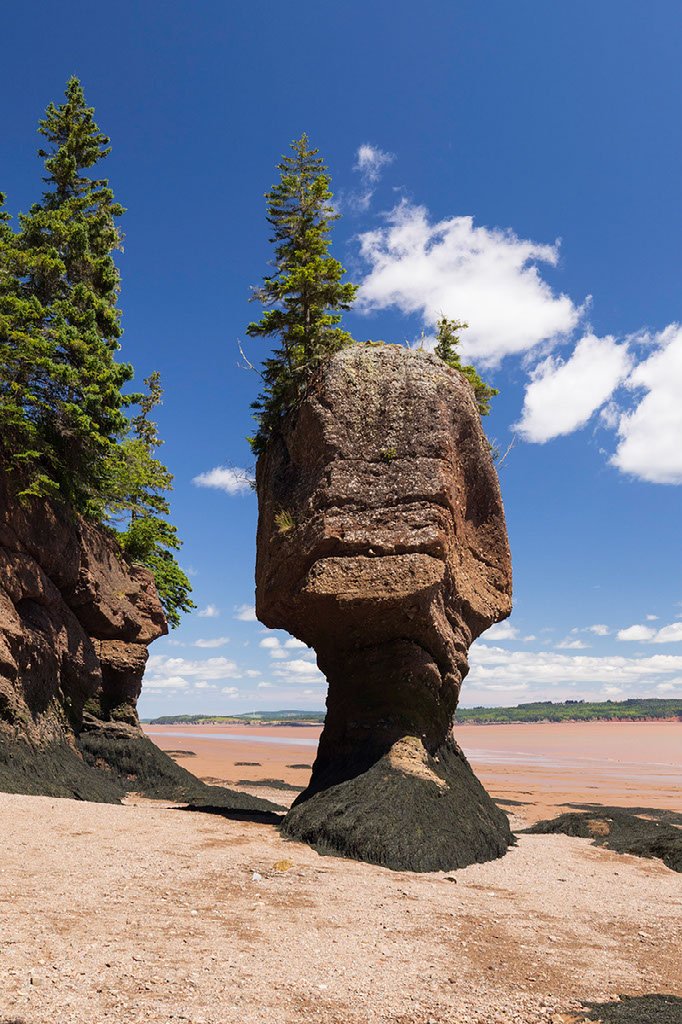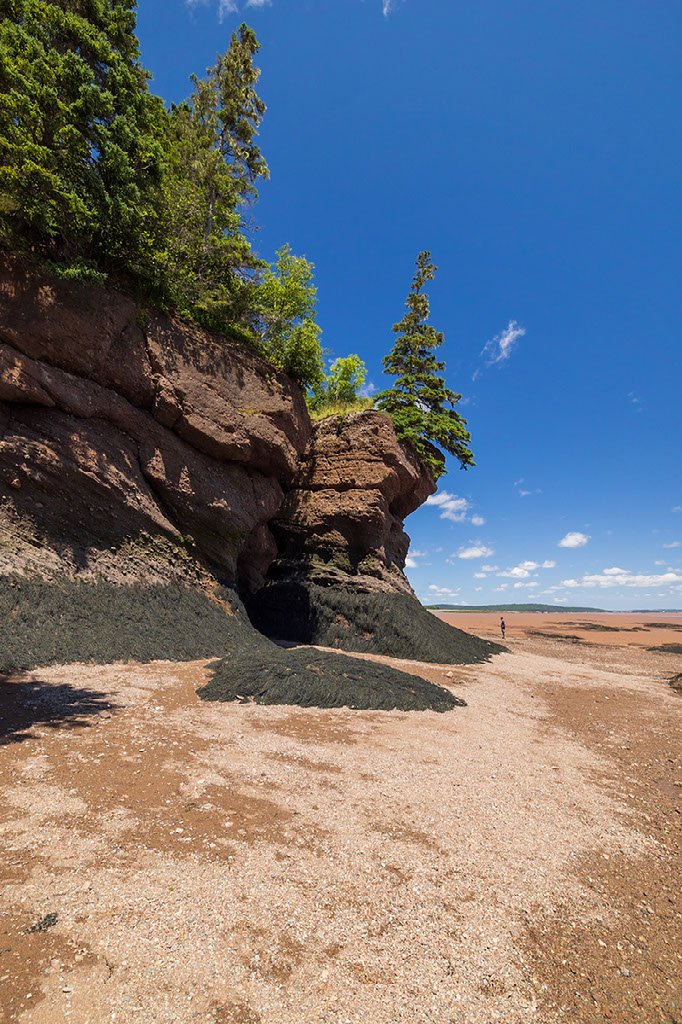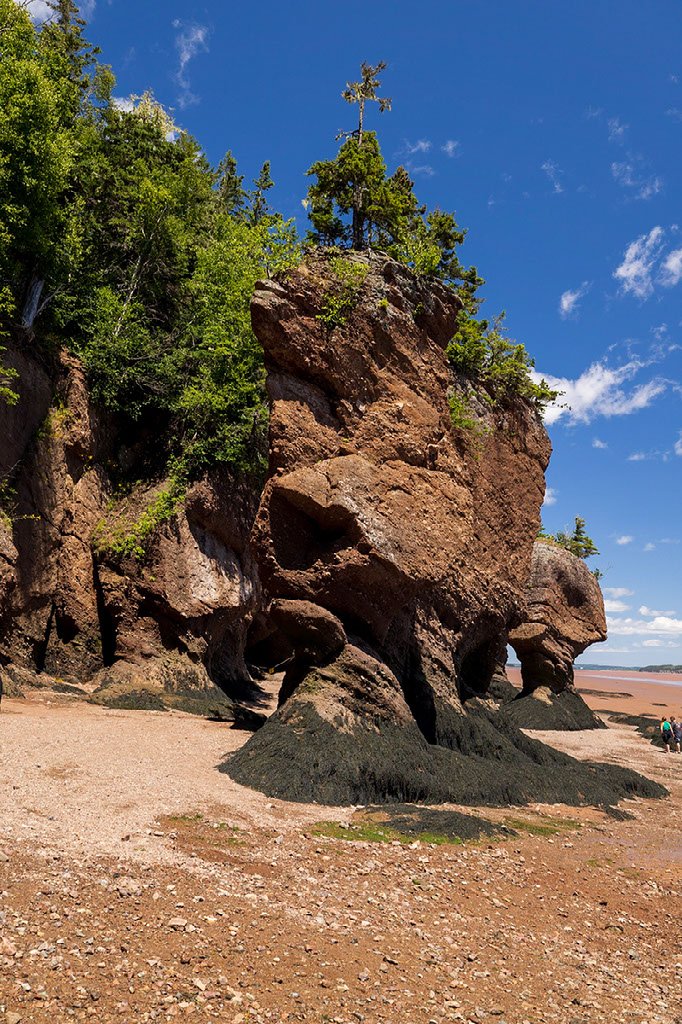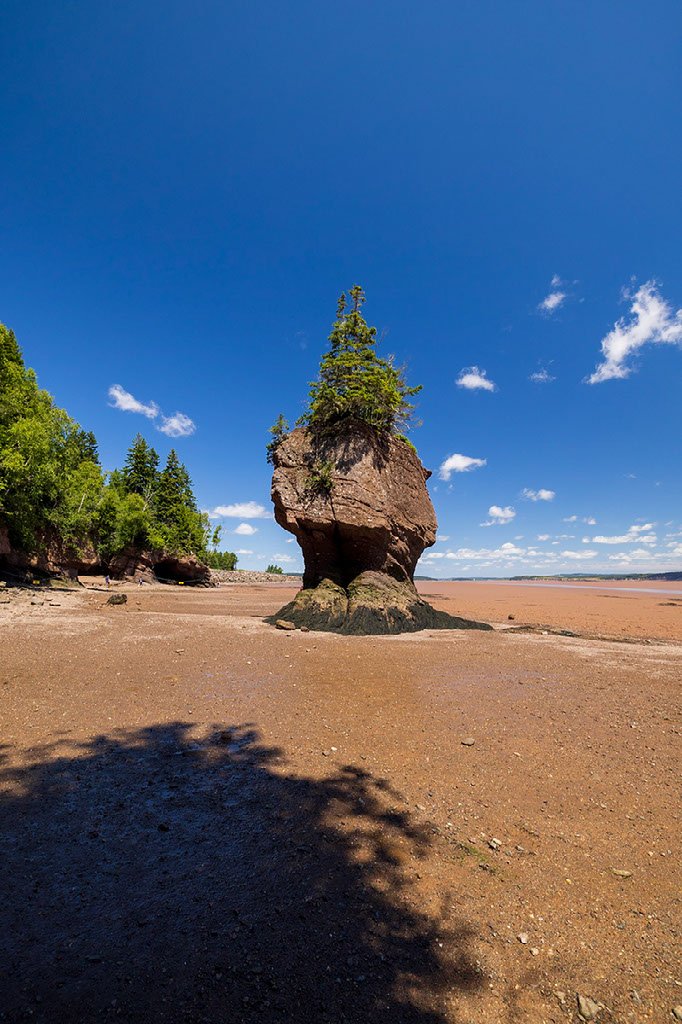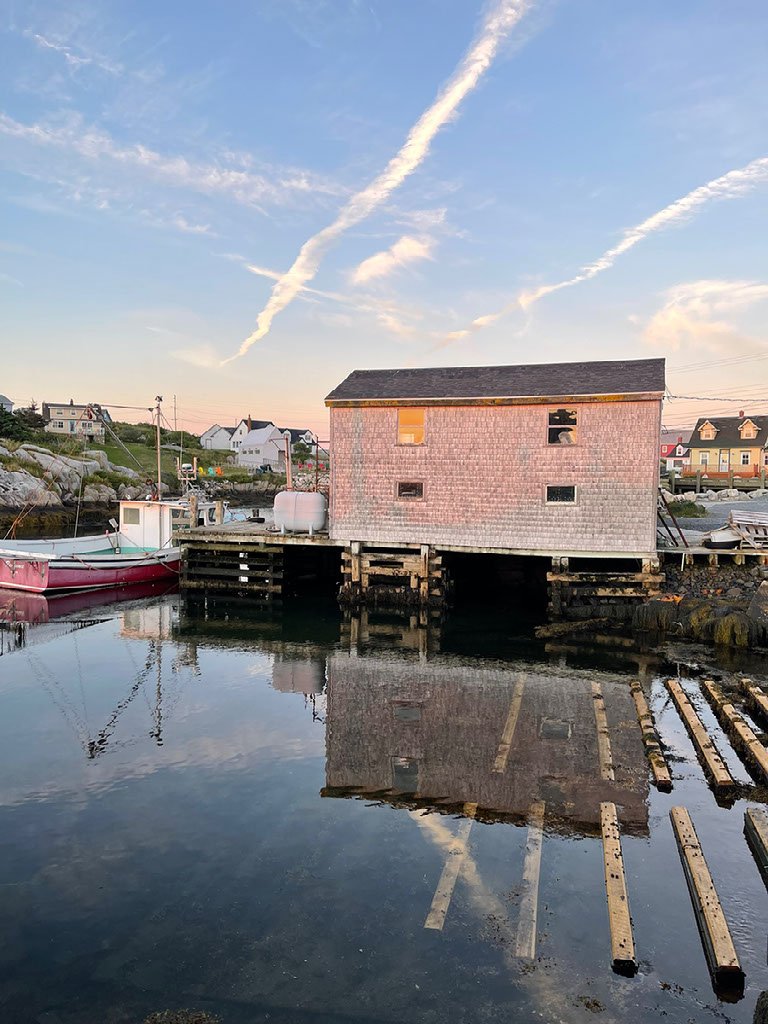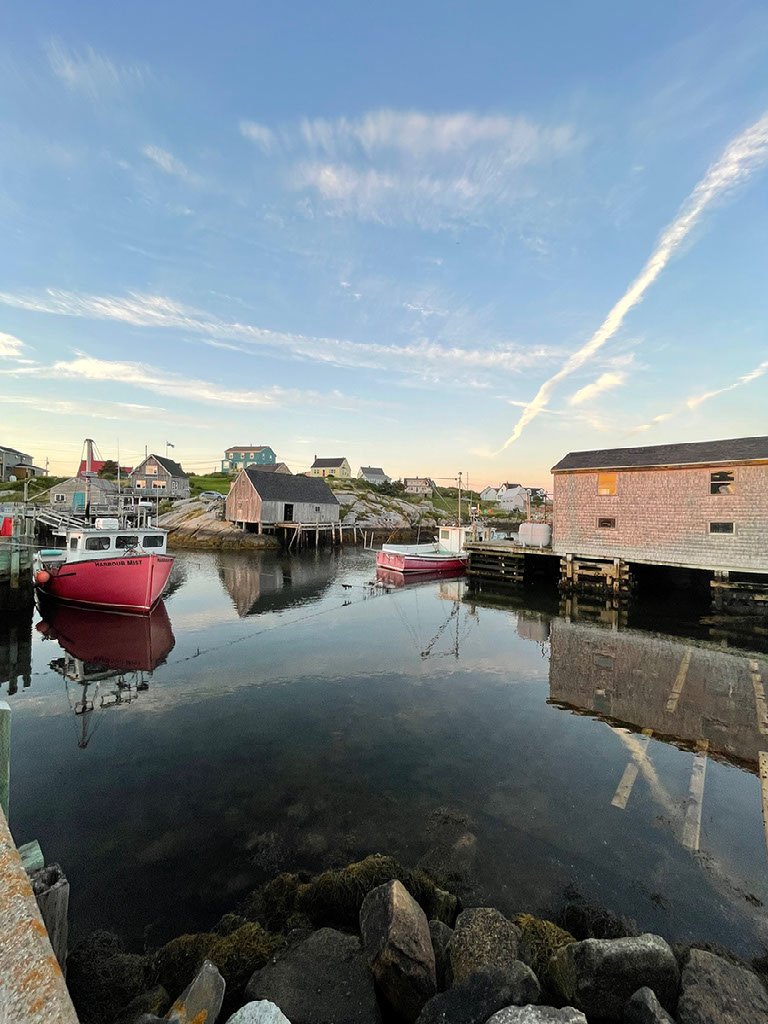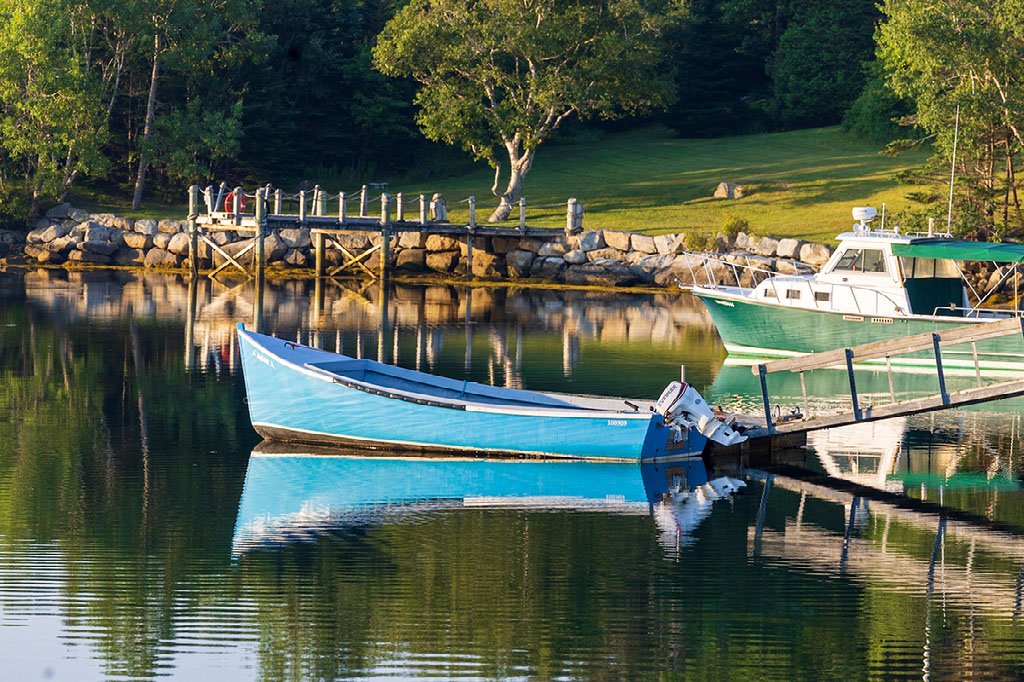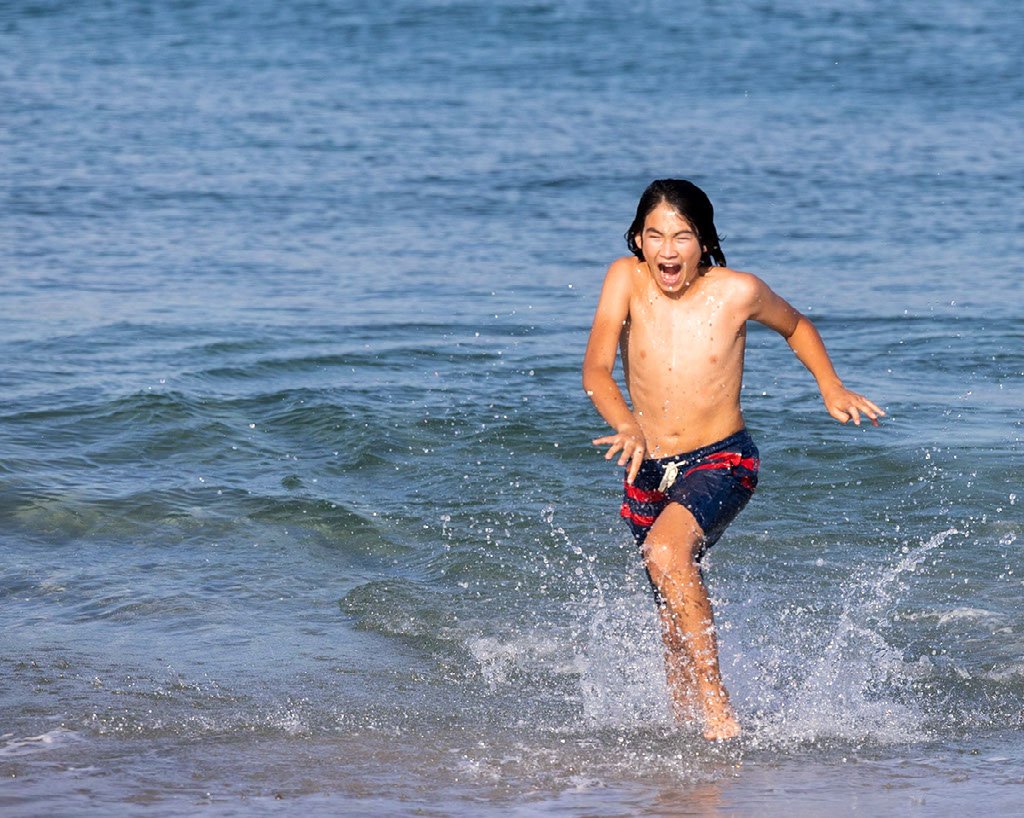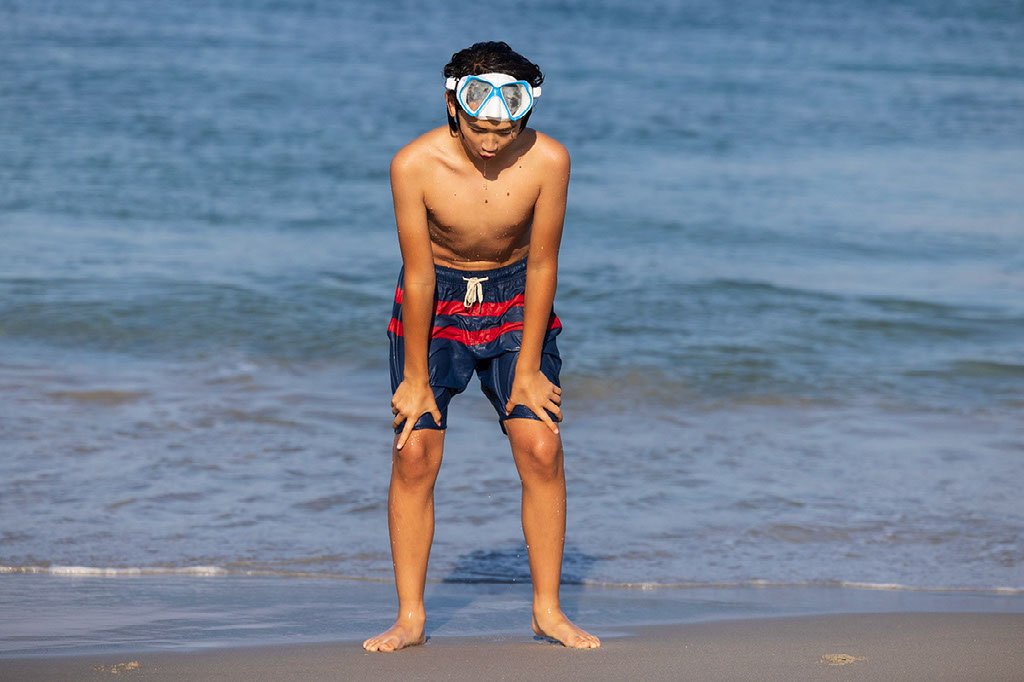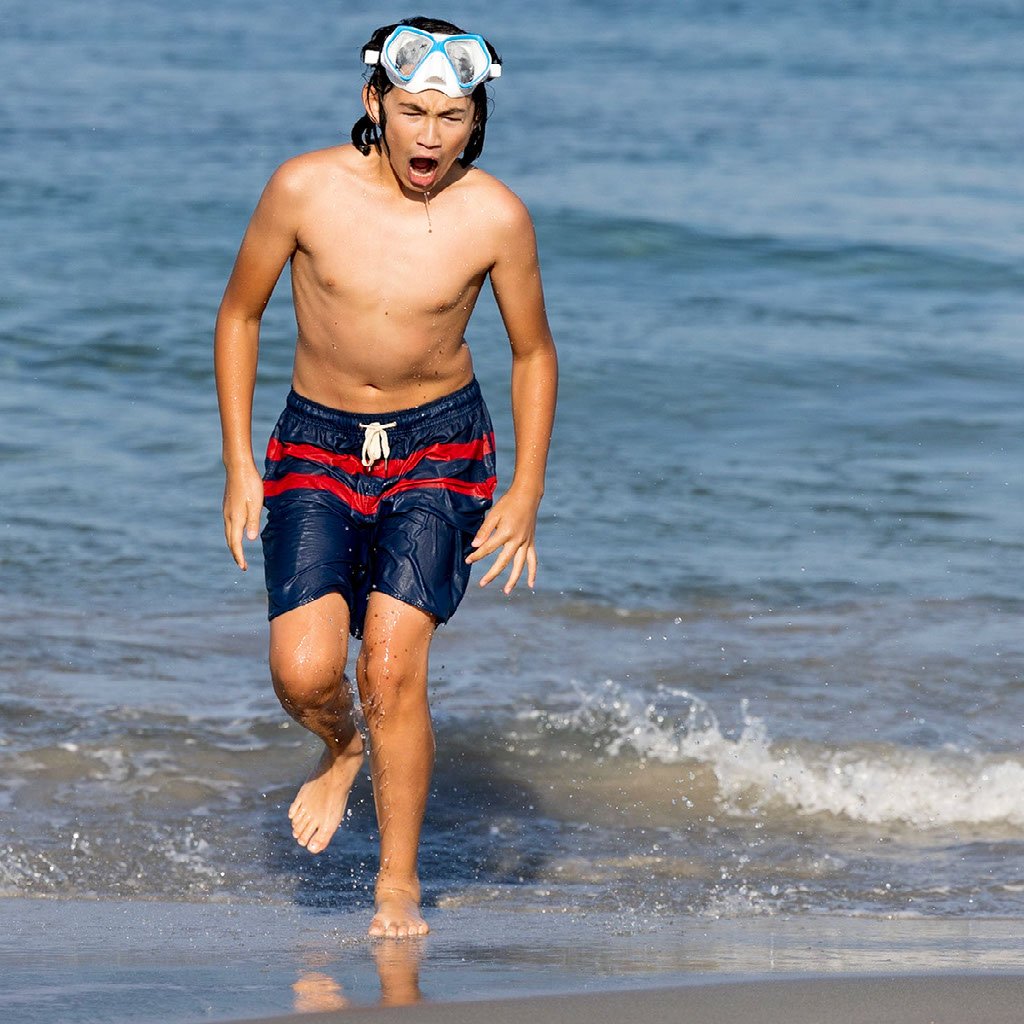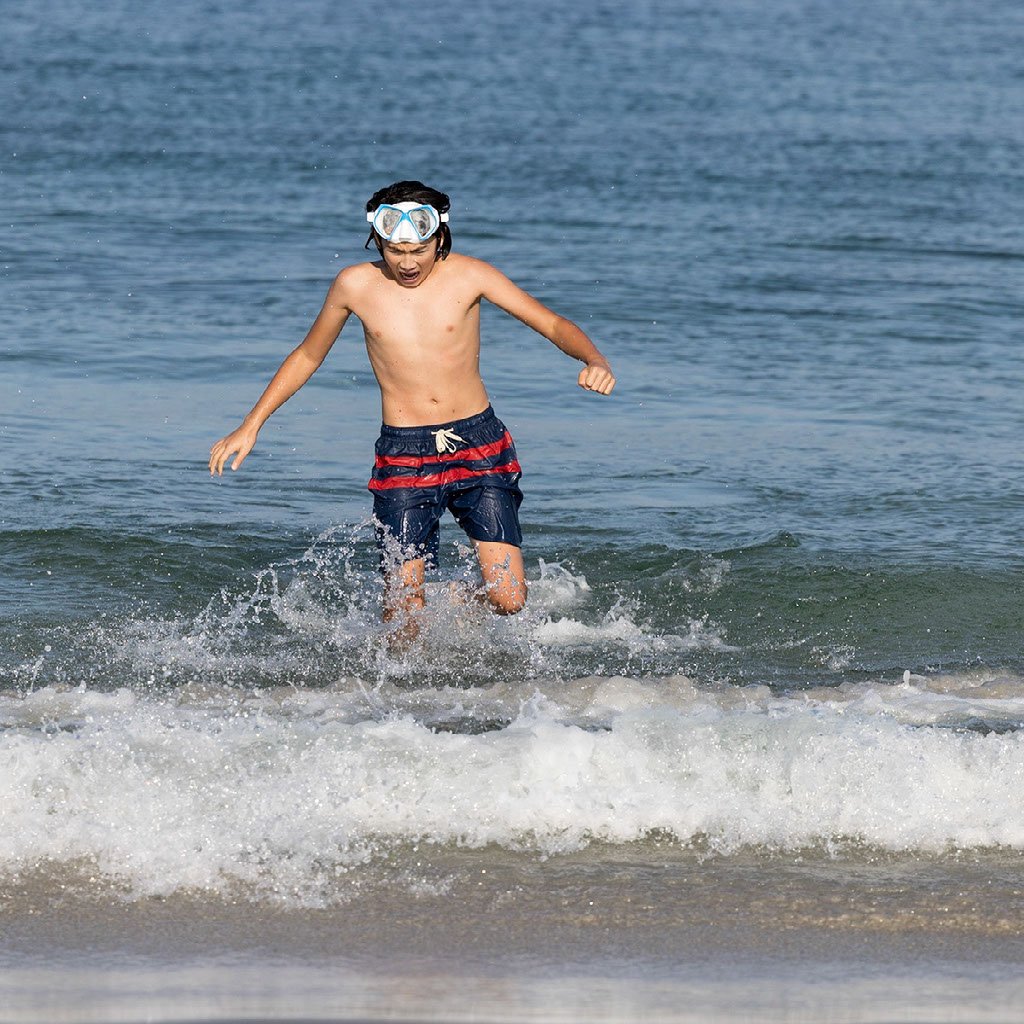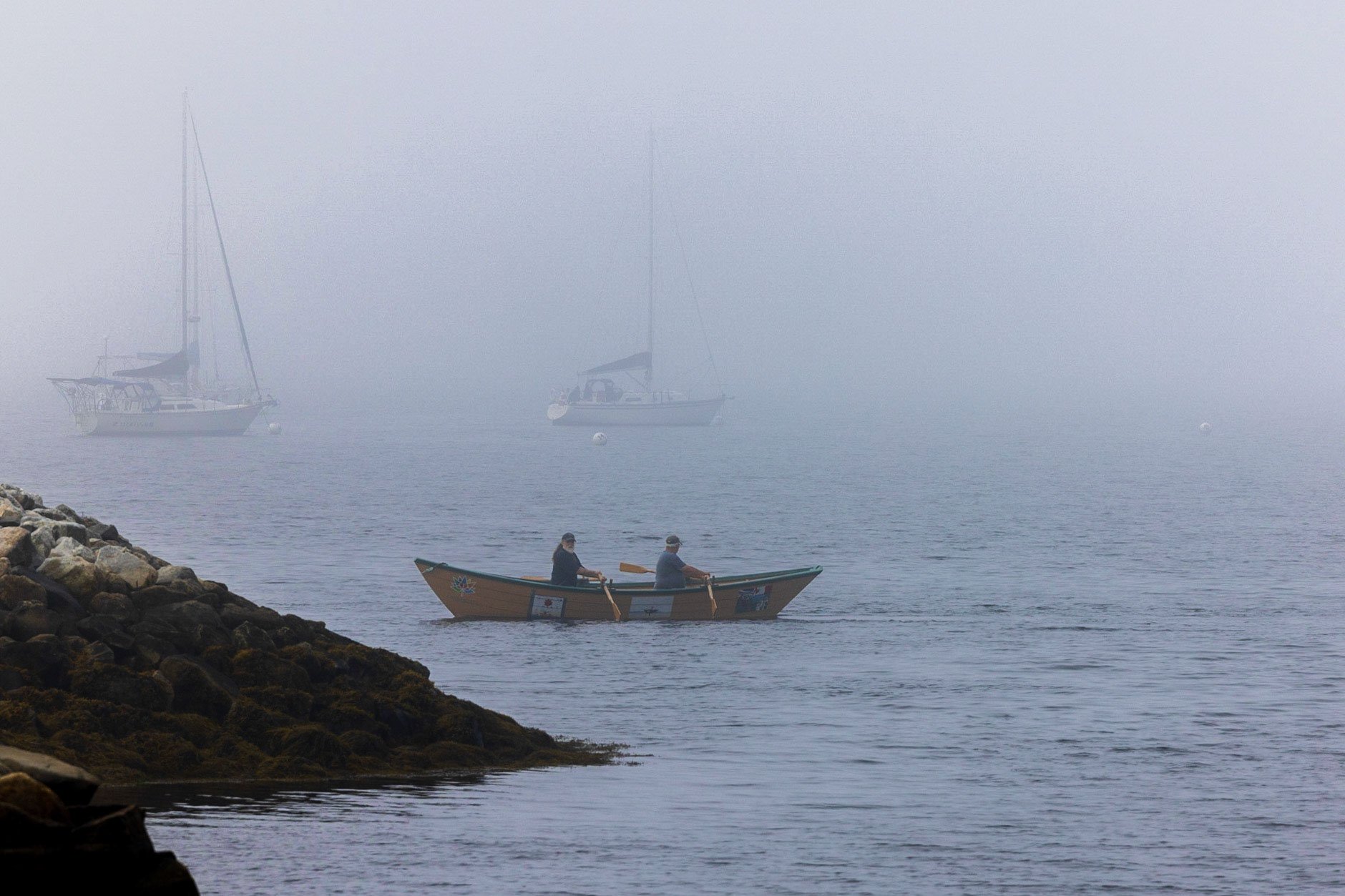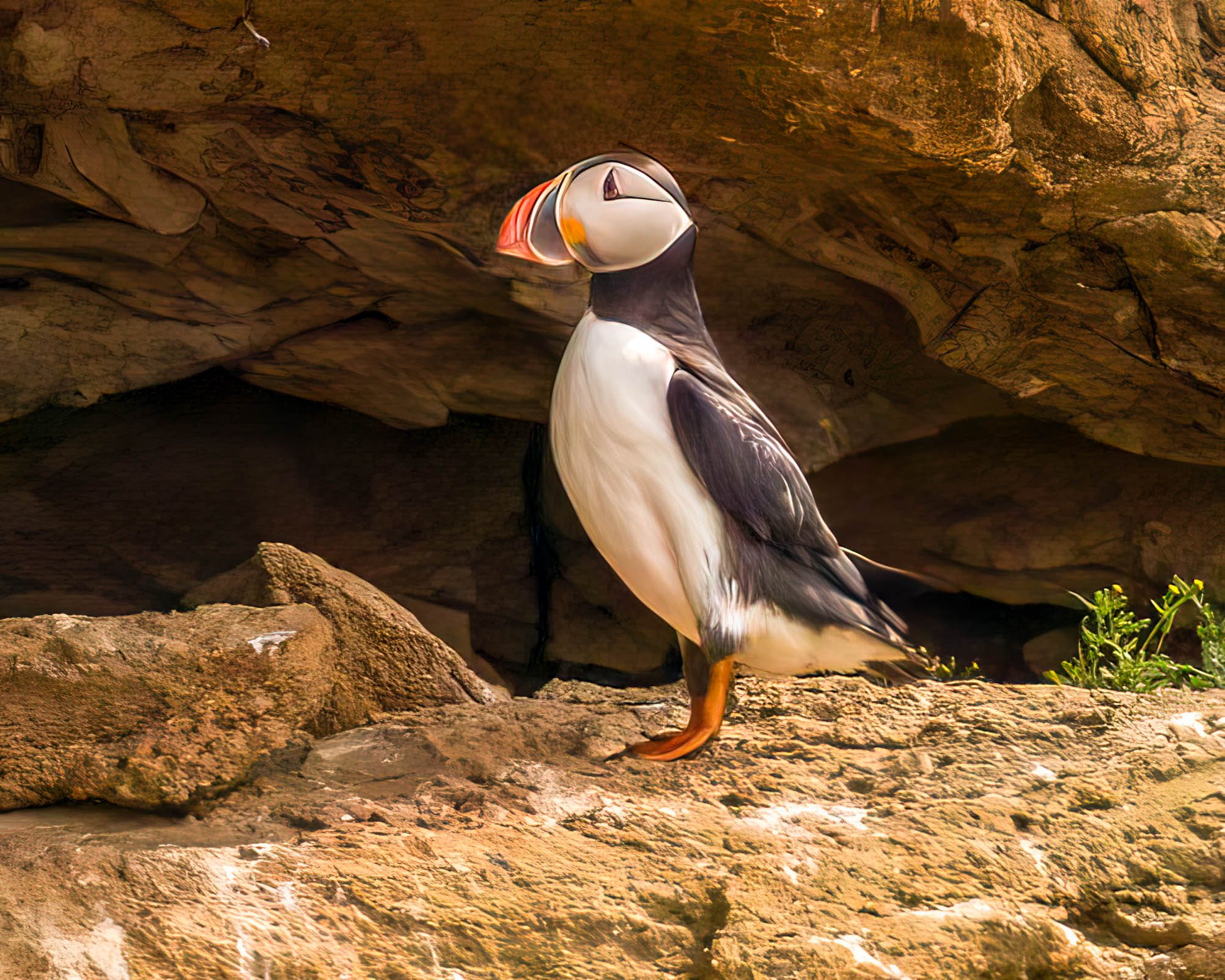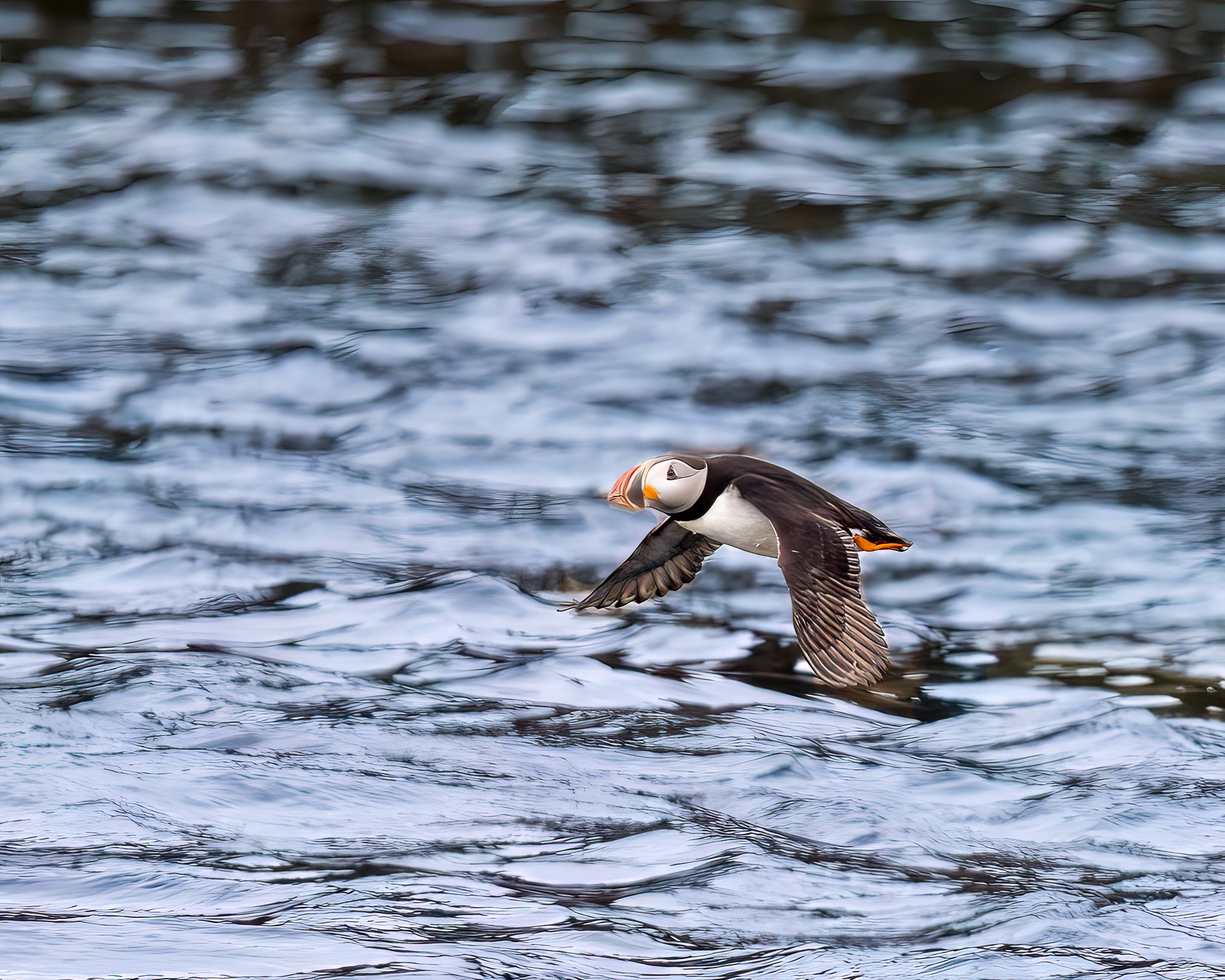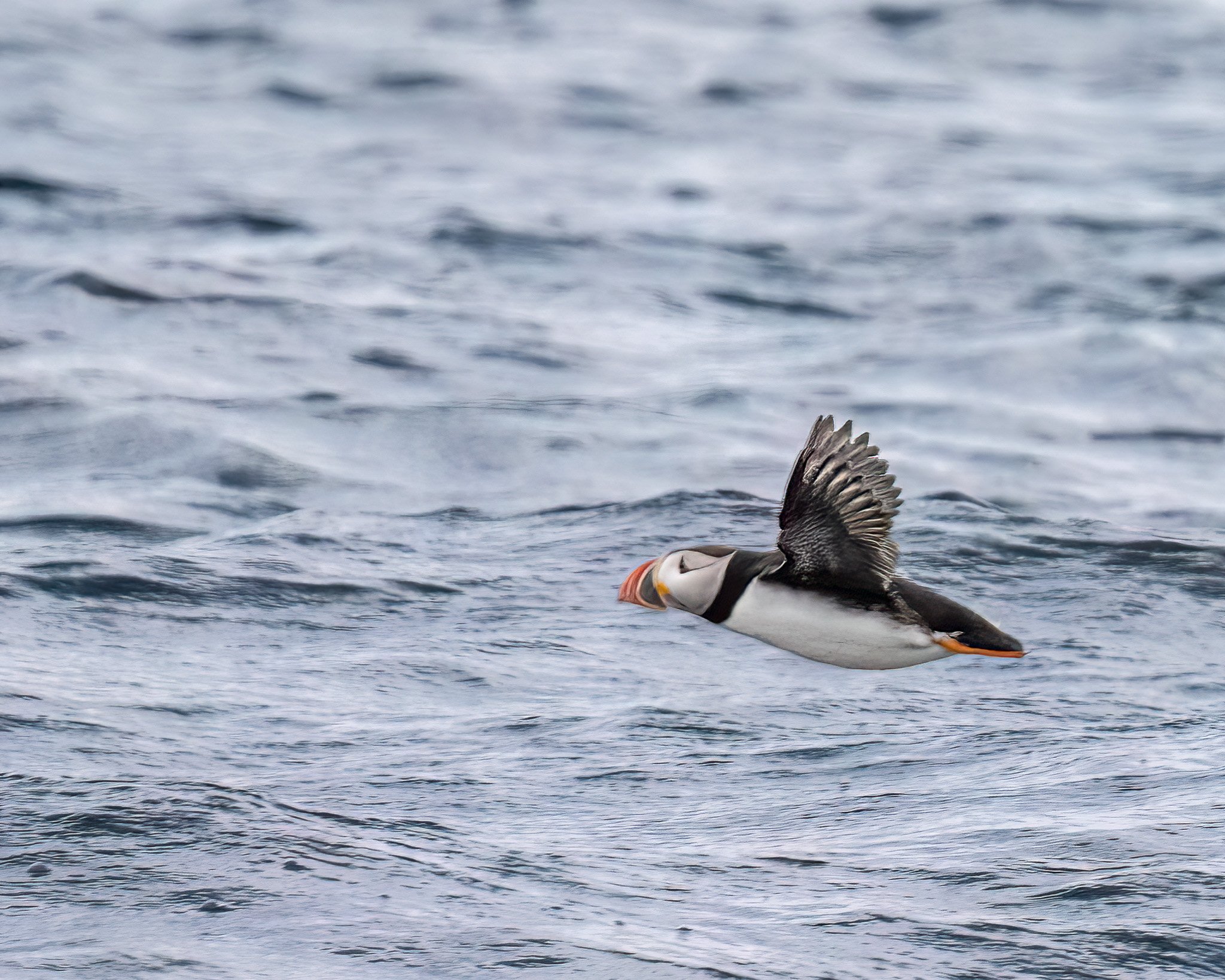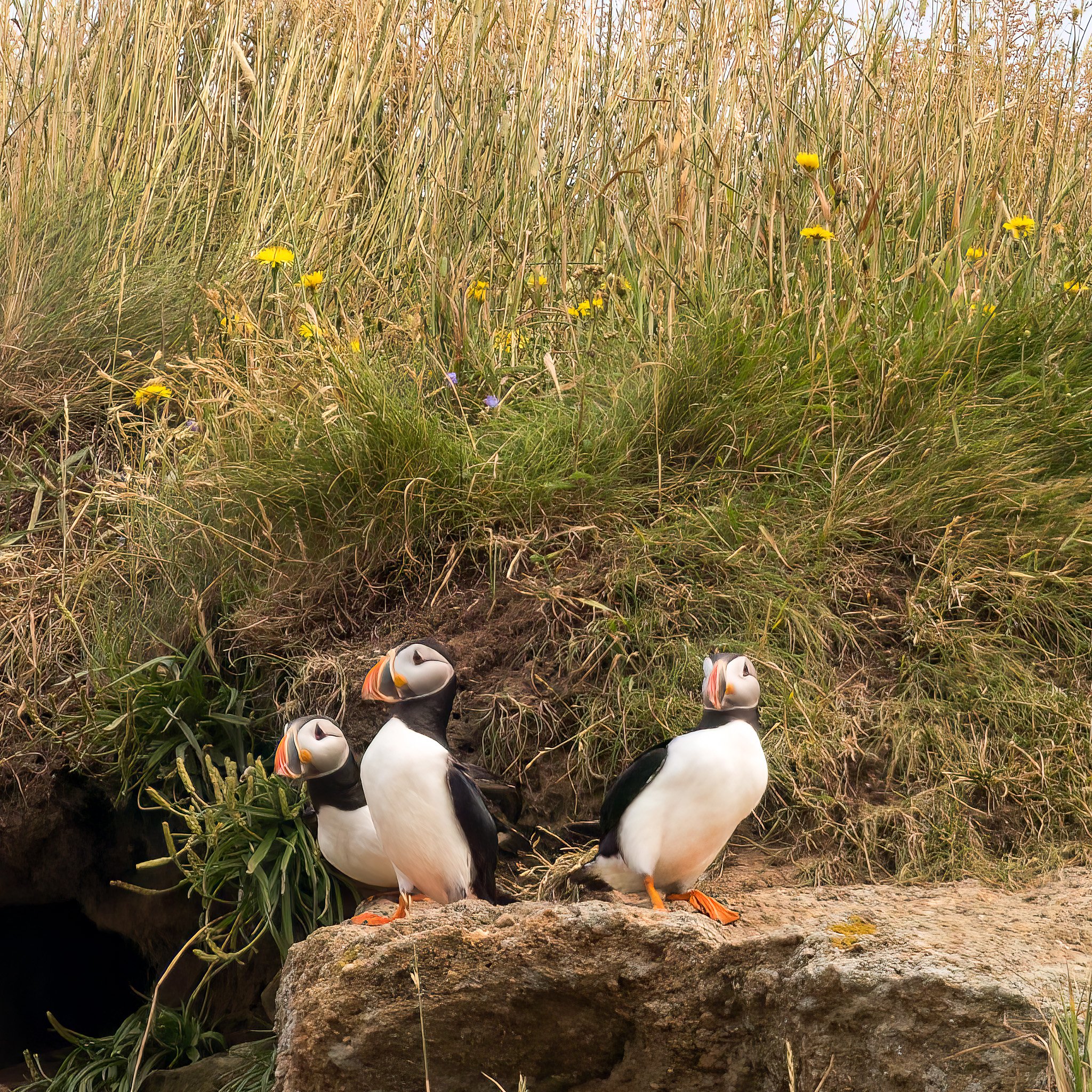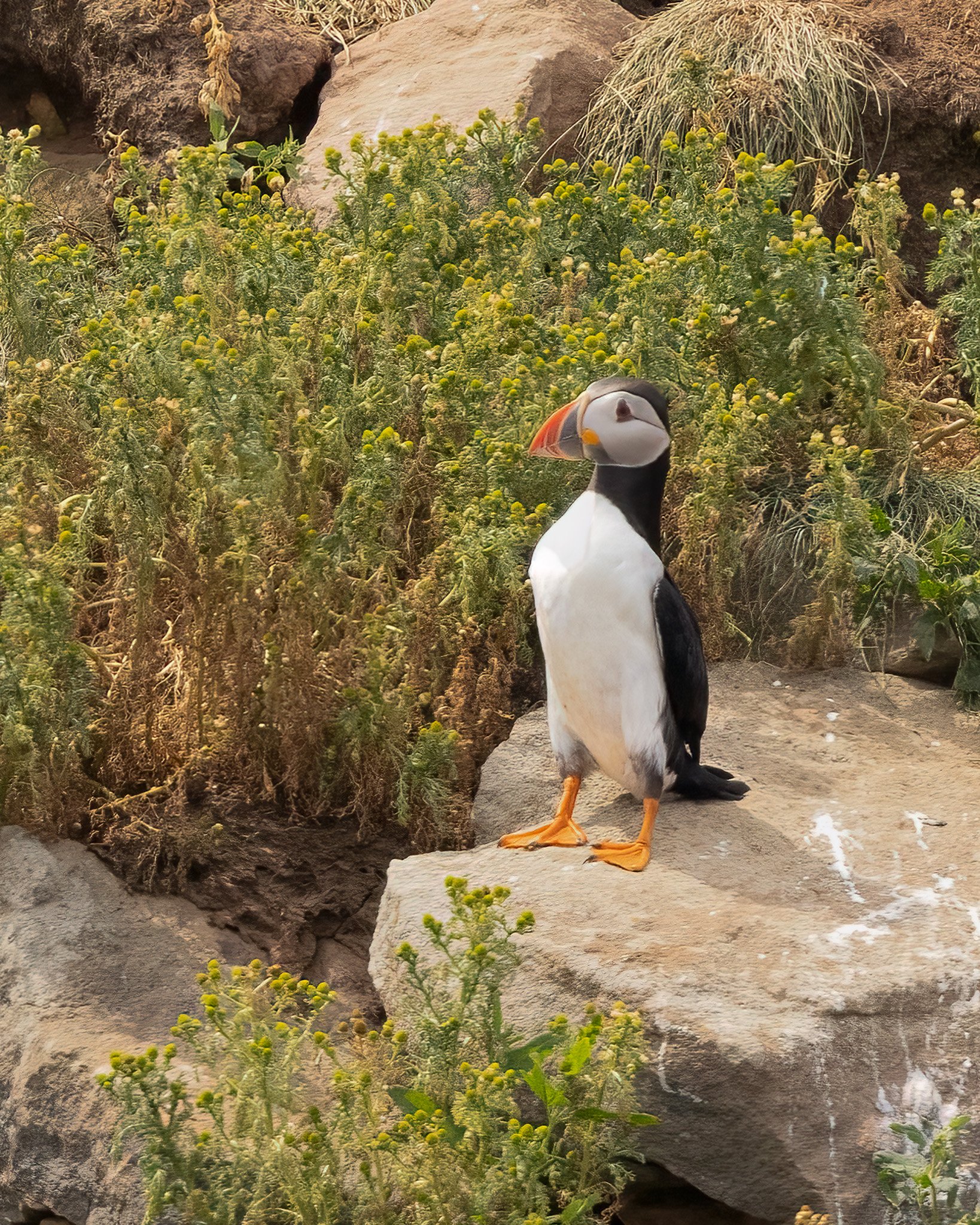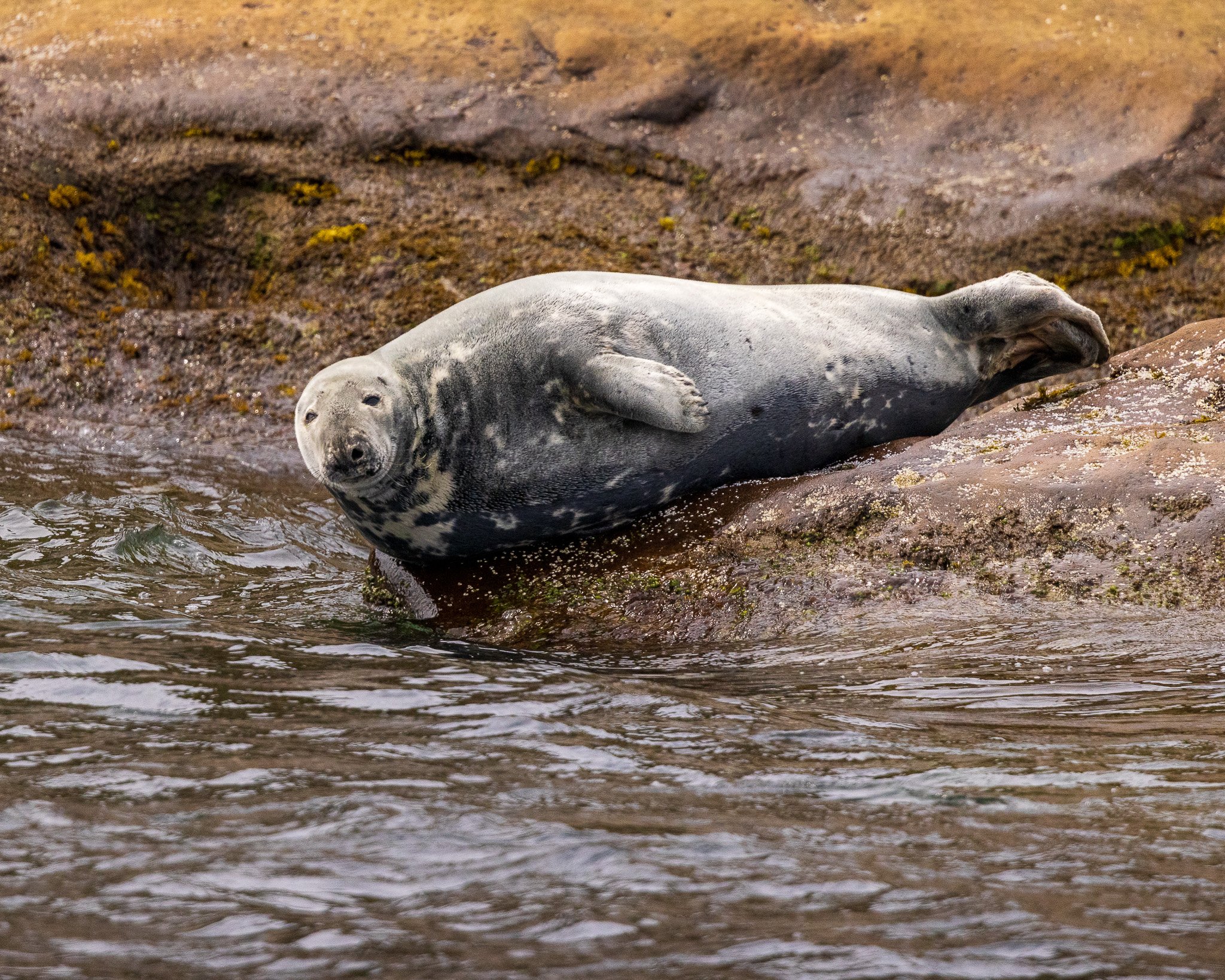My PHOTOGRAPHY & TRAVEL GUIDE TO NOVA SCOTIA, CANADA
Nova Scotia has over 8,000 miles of rugged coastline, dotted with fishing villages, towering cliffs, secret coves, and windswept beaches. The Cabot Trail on Cape Breton Island is one of the most scenic drives in the world, offering breathtaking ocean views, rolling hills, and dramatic headlands—especially stunning in the fall when the foliage turns a vibrant gold and crimson.
The last time I was in Canada was more than 20 years ago. The first thing that I noticed in Canada that is so striking is the kindest and friendliness of Canadians. Canada is a diverse nation with a blend of American, British, and French cultures, but niceness is one thing most Canadians seem to have in common.
“I believe the world needs more Canada.”
Sunset at Peggy's Cove
If you like seafood, prepare to be spoiled. This is the place for fresh lobster rolls, Digby scallops, snow crab, smoked salmon, and chowder that could bring a tear to your eye.
Bird Island in Cape Breton
Nova Scotia isn’t flashy. It’s not built for Instagram influencers or rush-hour checklists. It’s slow, soulful, and real. Whether you’re photographing puffins on a cliffside, sipping wine in the Annapolis Valley, or just watching the waves roll in from a quiet dock, this place has a way of reconnecting you with the world—and with yourself.
In this guide, I provide you with my recommendations on where to stay, when to go, food recommendations, and my favorite photography recommendations.
When to Go & How to Get There
The best time to visit Nova Scotia is between May and October. Most people will want to visit Nova Scotia during the Summer when the weather is spectacular. With warm days and cool nights, it's really the perfect temperature and a wonderful time to visit.
Most people will fly into Halifax, which has a large international airport, but I usually like the flexibility of driving. The second most frequent route into Nova Scotia would be to take the Ferry from Bar Harbor to Yarmouth, NS. Our plans changed at the last minute because a passing storm in Maine caused our Ferry from Bar Harbor, Maine, to Yarmouth, Nova Scotia, to be canceled. So, we had to pivot quickly and decided to drive from Maine through New Brunswick to Nova Scotia. This turned out to be a lucky turn of events. The third option is to drive.
I really did not appreciate how big Nova Scotia is until we drove from place to place.
Where to Stay
After staying in southern Nova Scotia, at a friend’s home in Shelburne, we decided to go to Halifax for a few nights so that we could see Puffins. We chose the Sutton Place Hotel, which was fantastic. It is located by all the wonderful restaurants of Halifax. Halifax is much more of a foodie town than I had expected. It is also remarkably international. You see people and food from all over the world.
Nova Scotia’s charm lives in its small towns and coastal escapes. Here are my favorite areas to base yourself:
1. Lunenburg
A UNESCO World Heritage Site with colorful wooden buildings and one of the most photogenic harbors in Canada.
Luxury: Salt Shaker Deli & Inn – Bright rooms above a stellar seafood restaurant, steps from the harbor.
Boutique: The Brigantine Inn – Nautical charm and perfect harbor views.
Mid-Range: Smugglers Cove Inn – Clean, comfy, and located right in the old town.
2. Wolfville & the Annapolis Valley
Rolling vineyards, golden light, and farm-to-table charm.
Luxury: Tattingstone Inn – Victorian beauty near sunset-soaked vineyards.
Mid-Range: The Blomidon Inn – Cozy elegance and great for golden hour strolls.
Boutique: Micro Boutique Living – Minimalist, sleek, and central.
3. Cape Breton (Cabot Trail)
Epic coastlines and highland drama with views that go on forever.
Luxury: Keltic Lodge – Iconic location with views you can shoot from your room.
Mid-Range: Inverary Resort – Lakefront with photo ops right outside.
Boutique: Dunlop Inn – A quiet gem perfect for stargazing and sunrise shoots.
Shoreline Along Peggy's Cove
📅 How Many Days in Nova Scotia for Photography?
If you want to do it justice, give yourself at least 6 to 8 days. Here's a relaxed itinerary to work with:
Sample 5-Day Itinerary for Photography in Nova Scotia
Day 1: Halifax & Peggy’s Cove
Start early at Citadel Hill or the Halifax Waterfront. Great for street scenes and morning light.
Head to Peggy’s Cove for golden hour. It’s cliché, yes, but the light on those rocks? Worth it.
Day 2: Lunenburg & Mahone Bay
Explore Lunenburg’s harbor, back alleys, and shops. Afternoon light brings out the reds and blues.
Quick hop to Mahone Bay for dreamy reflections and church silhouettes at sunset.
Day 3: Annapolis Valley
Spend the morning in vineyards or apple orchards. Soft light and rolling landscapes.
Afternoon visit to Grand Pré for layered shots and historic textures.
Day 4–5: Cape Breton
Drive the Cabot Trail, stopping often. Skyline Trail is a must at sunset.
Take your time with cloudscapes, cliff shots, and low-tide textures.
Where to Eat
I was very happy and impressed with the food in Halifax. Halifax is a very cosmopolitan city. Walking around the city, you will see restaurants offering food from Korea, Japan, West Africa, and Turkey, among many others. They also have excellent bakeries and breweries.
Of course, Nova Scotia is home to some of the best seafood in Canada, so a trip is not complete without checking out some of the best restaurants in Halifax. We were blown away by the variety of seafood, from crab and lobster rolls to risotto with scallops and seafood linguini, as well as fusion maki rolls.
Nova Scotia is renowned worldwide for its lobster, making it a must-try experience while visiting. The other must is the Digby scallops caught off the shores of the Bay of Fundy. Wild blueberries are Nova Scotia’s provincial berry, with over 40 million pounds harvested each year. Halifax also boasts some wonderful breweries, and we even enjoyed the wines of Nova Scotia.
Restaurants:
Cafés:
TIBS (Two If By Sea) (Dartmouth) – Light-filled, creative space with epic croissants.
Just Us! Coffee Roasters (Wolfville) – Ethical, cozy, and great for editing photos over a latte.
No. 9 Coffee Bar (Lunenburg) – Simple, sunny, and walkable to harbor photo spots.
Getting Around Nova Scotia with Camera Gear
You’ll need a car to get the most out of this province. Some quick tips:
Rent a compact SUV for rougher roads and gear space.
Navigating towns: Most coastal towns are walkable. Look for pedestrian wharves and harbor paths.
Pack smart: Many older inns don’t have elevators. Bring a compact roller bag or backpack.
Safety tip: Be aware of ocean spray and tide schedules, especially in the Bay of Fundy.
Photography Gear & Tips
For photographers, Nova Scotia is a goldmine. The light here changes constantly, filtered through sea fog or bouncing off colorful houses in Lunenburg. You’ll find textures in peeling paint and weathered boats, deep shadows in narrow alleys, and reflections in still harbors. The rhythm is slow, perfect for wandering with a camera or a phone in hand. Whether you're chasing fall foliage in the Cape Breton Highlands or shooting the world’s highest tides in the Bay of Fundy, this place rewards curiosity.
Photography Gear to Bring to Nova Scotia
DSLR / Mirrorless Kit
Body: Lightweight full-frame or APS-C
Lenses: 24–70mm for general shooting, 70–200mm for landscapes, a fast prime (35mm or 50mm) for cafés and interiors. If you are planning on taking photos of Puffins, take a long lens — at least 400 mm.
Tripod: Small travel tripod for golden hour and low-light
ND filter: For waterfalls and harbors. I would bring a (3, 6, and 10). Since there are many opportunities to take photos of the Lighthouse, it is important for long-exposure photos.
Rain cover: Sea spray is no joke
My Favorite Locations in Nova Scotia/New Brunswick
There are tons of great locations to photograph in Nova Scotia, but you need time because the distances are huge. Do not expect to be able to photograph a lot of different places if you are only going for a few days. I was definitely not able to visit all the places I had planned on seeing. The distances are just too much, and when you are with friends, photography cannot be your main priority.
Hopewell Rocks
One unexpected consequence of driving is that we were able to stop at Hopewell Rocks. After watching a YouTube video of this area, I wanted to visit. However, our initial plans were to stay in our friend's home in Shelburne, NS, so I did not think I would be able to make the 5-hour drive each way. But since we were driving, we would be passing right by it.
The Tidal changes on the Bay of Fundy typically range from 14.5 meters (47.6 feet) from high tide to low tide; however, tidal changes in the Bay of Fundy have been measured in extreme conditions at 16.3 meters (53.5 feet). We were lucky to be able to time our visit so we would arrive at low tide. But it was midday, not an ideal time for photography, plus there were 100s of people strolling around. #patiencesisavirtue
Peggy's Cove
Nova Scotia is home to over 160 historic lighthouses, and these majestic lighthouses can be found throughout the province. Peggy's Cove lighthouse is probably the most well-known.
Peggy's Cove Lighthouse, also known as Peggy's Point Lighthouse, is one of Nova Scotia’s most well-known lighthouses and may be the most photographed in Canada. Located in the quaint fishing village of Peggy’s Cove along the South Shore, Peggy’s Point Lighthouse was built in 1915. Fortunately, there is tons of parking so it is very easy to visit. I would recommend visiting at Sunrise.
The drive from Halifax to Peggy's Cove takes about 45 minutes. You will drive along the coastline, and there are some beautiful spots to stop and take photos in small fishing villages.
As I was leaving Peggy's Cove, I slipped and took a really hard fall.
Life Lesson #148: "Always listen to my wife."
On our way to Peggy's Cove, my wife suggested that I wear better shoes for walking over rocks. Of course, being male, I told her that my shoes, which have no traction, are fine. I walked all over the area, and just as I was walking to the car--BOOM!! My shoes slipped on the wet rocks, and I landed on my 70-200 lens, which was in my backpack. It was a really hard fall, and most likely, I fractured a few ribs. So, I was not able to take many photos for the rest of the trip.
The Beaches of Nova Scotia
Yes, there are some really nice-looking beaches in Nova Scotia. Some of the beaches, like Crystal Crescent Beach, have blue water that looks like the Caribbean. On my downloadable travel map, I have included the best beaches within 1.5 hours of Halifax.
But it is a VERY COLD
The water is really, really cold!! If you do not believe me, take a look at Xander's reaction after plunging into the water. I think his face says it all. I must admit he was much braver than me. The water temperature in July is 57 degrees F (14 degrees Celsius).
The Shoreline From Peggy's Cove to Shelburne
We drove all the way down to Shelburne, which is located about 2.5 hours south of Halifax. A friend of ours purchased a summer home in the area. Shelburne is a fishing village with an interesting history. Shelburne Harbor also has the third-best natural harbor in the world.
Wildlife in Cape Breton
We were very excited about the possibility of seeing Puffins. We have wanted to see Puffins for years and years. Typically, you can see Puffins in Iceland, Scotland, and Canada.
But nothing good comes easily in life. We booked a Puffin tour from Peggy's Cove. We were super excited and looking forward to it. Then Peggy's Cove Puffin Tours canceled our trip for no reason. So we booked it, again and again, but it was canceled. I called the company and they told me that their boat has mechanical problems. I am really glad we did not go with them.
Time for Plan B?
So, we had to come up with a Plan B. Plan B required us to drive up to Cape Breton, which is a 4-hour drive each way. Sometimes, in life, you have to go the extra mile. It was a very long drive, but in the end, we saw Puffins:))
We booked a tour on Donalda Puffin Tours. They offer a 2.5-hour tour to Bird Island and guarantee that you will see Puffins!! Where do I sign up? During the 45-minute boat ride to Bird Island, you are given a history of the island and a discussion on the birds that you will hopefully see. The tour was excellent, and we saw Puffins, Bald Eagles, Arctic Terns, Common Loons, Common Eiders, White-winged and Surf Scoters, Red-breasted Mergansers, Belted Kingfishers, Great Blue Heron, and tons of Seals.
Puffins are very hard to photograph, especially on a moving diesel ship. They fly 55 mph, and they are about 8 inches high. You will need at least a 500 mm lens, the lowest f-stop (f4 to f7.1) you have, ISO 1600, and 1/3200th of a second. I took about 2,500 photos in 2.5 hours, and I am happy with about 100 of them.
I will leave you with a few wildlife photos from Cape Breton.
Nova Scotia Festivals & Events Worth Photographing
Celtic Colours International Festival (October, Cape Breton) – Music, dance, and vibrant foliage. Use fast lenses indoors.
Lunenburg Folk Harbour Festival (August) – Acoustic charm in a historic setting. Arrive early for the best angles.
Halifax Busker Festival (Summer) – Bold colors, street performers, lots of movement. Use burst mode on your phone.
Nocturne Halifax (October) – Nighttime art installations. Great for low-light long exposure work.
🔦 Flash? Not recommended. Let the mood of the ambient light do the work.
Final Thoughts: A Place That Slows You Down
Nova Scotia doesn’t shout. It whispers. It rewards slowing down, taking the long way, talking to strangers, and noticing how light changes in a harbor over the course of an hour.
If this Photography Guide to Nova Scotia helped you plan your trip. I’d love it if you could share it or tag me in your shots @chasinghippoz. And if you’re thinking about joining one of my future photo workshops in Nova Scotia, you can sign up here to hear when the next one launches.
Until then, keep chasing the light.










